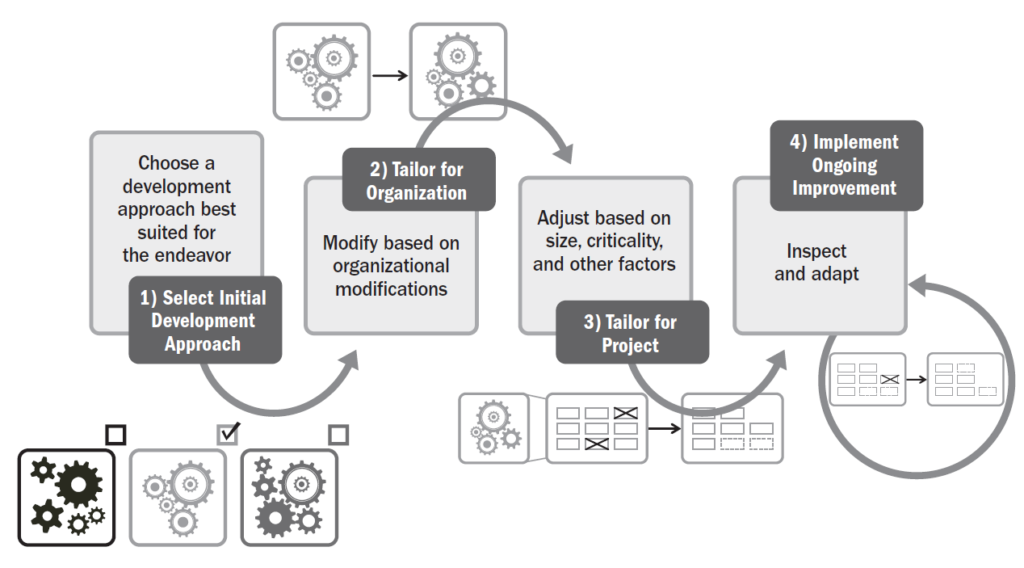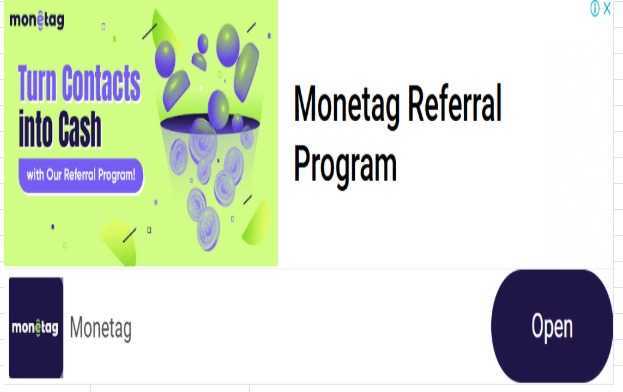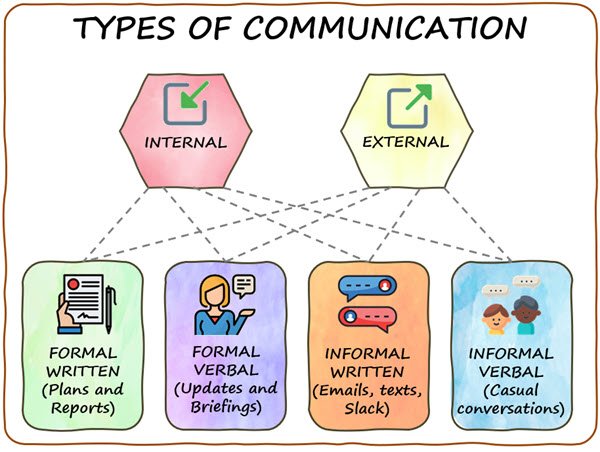Mastering Communication Models in PMI-PMBOK: A Deep Dive for Project Success
In the world of project management, communication is not merely a soft skill—it is the lifeblood of a project’s success. According to research by the Project Management Institute (PMI), poor communication is a primary cause of project failure. The PMBOK® Guide – Seventh Edition emphasizes the critical role of communication across all performance domains. Among the key enablers of effective communication are communication models—structured representations that help project managers understand, plan, and manage the exchange of information.
In this comprehensive blog, we will explore the role of communication in project management, understand different communication models highlighted or supported by the PMBOK Guide, and examine how project managers can apply these models to optimize communication, manage stakeholder expectations, and deliver successful projects.
Understanding Communication in PMBOK Context
The PMBOK Guide identifies communication as a vital component across various project performance domains such as:
- Stakeholder Engagement
- Team
- Planning
- Project Work
- Delivery
The PMBOK’s shift in the seventh edition toward a principle-based approach further underscores communication as a key enabler of collaboration, transparency, and value delivery. Unlike earlier editions that focused primarily on tools and documents, PMBOK 7 emphasizes intentional and strategic communication as central to success in both predictive and adaptive environments.
What Are Communication Models?
Communication models are structured frameworks that illustrate the process of sending and receiving messages. They help teams:
- Clarify roles in communication
- Understand how information flows
- Identify potential breakdowns
- Improve message effectiveness
PMI recognizes several models in project management practice, including basic sender-receiver, interactive, and complex communication ecosystems. These models are not confined to one method or medium—they can be applied across face-to-face, digital, written, verbal, and non-verbal interactions.
Core Communication Models in PMI-PMBOK
Let’s explore some of the most relevant communication models recognized or applied within the PMBOK framework:
1. Basic Communication Model (Sender-Receiver Model)
Description:
This is the most fundamental communication model. It consists of a sender, message, medium/channel, receiver, and feedback.
Steps in the model:
- Sender encodes the message
- Message travels through a channel
- Receiver decodes the message
- Feedback is sent back to the sender
Application in PMBOK:
This model helps project managers design clear and effective communication plans by identifying roles and communication paths. It supports stakeholder communication and issue resolution.
Use Case:
When sending a project status email to stakeholders, understanding this model helps ensure that the message is clear, targeted, and acknowledged.
2. Interactive Communication Model
Description:
This model builds on the basic one by incorporating feedback loops and recognizing that noise (distractions, misunderstanding, context) can interfere with communication.
Key Elements:
- Feedback is immediate
- Communication is two-way
- Noise is identified and minimized
Application in PMBOK:
Used in collaborative environments (such as Agile), where real-time feedback and interactive dialogue are crucial.
Use Case:
Daily stand-up meetings or sprint reviews where team members give updates, raise issues, and respond in real time.
3. Transactional Communication Model
Description:
This model views communication as a simultaneous exchange. Both sender and receiver are communicators at the same time. It also emphasizes context and relationship between communicators.
Key Concepts:
- Shared meaning is co-created
- Communication is dynamic and continuous
- Context influences interpretation
Application in PMBOK:
Effective in complex stakeholder environments, where cultural differences, emotions, and interpersonal dynamics influence communication.
Use Case:
Negotiation sessions with clients, vendor discussions, or conflict resolution among cross-functional teams.
4. Berlo’s SMCR Model (Source – Message – Channel – Receiver)
Description:
Berlo’s model emphasizes the importance of communication skills, knowledge, attitudes, and context between the source and receiver.
Components:
- Source: Who initiates communication
- Message: Content, structure, and code
- Channel: Five senses (sight, hearing, touch, etc.)
- Receiver: Decodes based on their background and capability
Application in PMBOK:
Encourages project managers to tailor communication based on the receiver’s preferences, comprehension, and engagement style.
Use Case:
Communicating technical project updates to a non-technical stakeholder group using simplified language and visual aids.
5. Shannon-Weaver Model (Mathematical Model)
Description:
Originally developed for signal transmission, this model emphasizes the technical aspects of communication and is useful for identifying breakdowns.
Components:
- Information Source
- Transmitter
- Signal
- Noise Source
- Receiver
- Destination
Application in PMBOK:
Relevant in IT or technical projects, where data transmission or software communication between systems is critical.
Use Case:
Managing data flow in an enterprise architecture implementation, where system-to-system communication must be clearly defined and error-free.
Communication Models and PMBOK Performance Domains
Communication models intersect with multiple performance domains:
1. Stakeholder Engagement
Effective stakeholder engagement depends on identifying preferences, cultural nuances, and influence levels. Communication models help tailor messages and foster trust.
Example: Using Berlo’s SMCR to deliver value propositions differently to internal executives versus external regulators.
2. Team
Strong team dynamics are built on open, two-way communication. Models such as the transactional or interactive model support collaboration and conflict resolution.
Example: Applying the interactive model in retrospectives to surface blockers and improvements collaboratively.
3. Planning
Communication planning ensures the right message reaches the right person at the right time. Models help define communication paths, tools, and responsibilities.
Example: Communication matrix structured around sender-receiver model roles.
4. Project Work
As project activities progress, clear communication ensures deliverables are understood and expectations are managed.
Example: Transactional communication helps interpret complex feedback during quality reviews.
Digital Communication and PMBOK
In today’s hybrid and remote environments, digital tools (email, Slack, Zoom, and Teams) dominate communication. The PMBOK Guide 7th Edition stresses the need for models that account for:
- Asynchronous communication
- Cross-time zone interactions
- Cultural context
- Message overload and misinterpretation
Communication models provide a framework to manage digital overload, ensuring messages are clear, timely, and impactful.
Best Practices for Applying Communication Models in Projects
- Know Your Audience
Tailor communication using models like SMCR and transactional model based on your audience’s background, needs, and role. - Leverage Technology Thoughtfully
Match the model to the medium. For example, don’t use the basic model for complex discussions—opt for interactive platforms like video calls. - Create a Communication Plan
Use the sender-receiver model to map responsibilities, frequency, and channels for each communication type. - Be Aware of Noise
Identify and reduce distractions—technical, linguistic, emotional, or organizational—that could interfere with communication. - Enable Feedback Loops
Apply interactive and transactional models to gather ongoing feedback, clarify misunderstandings, and build stronger relationships. - Train Teams on Models
Equip your team with knowledge of communication models to build empathy, improve collaboration, and resolve conflicts proactively.
Case Example: Communication Breakdown in a Software Project
A global team working on a software product faced recurring delays due to misunderstood requirements. The project manager initially used a basic sender-receiver model (email instructions), which failed due to time zone delays and technical jargon.
Resolution:
- Switched to an interactive model using collaborative tools like Miro and Zoom
- Applied SMCR to adjust message complexity based on team experience
- Created feedback loops to confirm understanding
Outcome: Delivery velocity improved by 35%, and team satisfaction increased significantly.
Conclusion
Communication is the bedrock of effective project management, and communication models provide the tools and language needed to make communication purposeful and impactful. The PMBOK Guide (Seventh Edition) recognizes that value is co-created through collaboration, and that collaboration requires thoughtful, structured communication.
By applying communication models—be it the basic sender-receiver, interactive, transactional, SMCR, or Shannon-Weaver—project managers can enhance clarity, reduce misunderstandings, and foster better relationships with stakeholders and teams alike.
Ultimately, the art and science of communication is what turns plans into action, and action into successful project outcomes.



